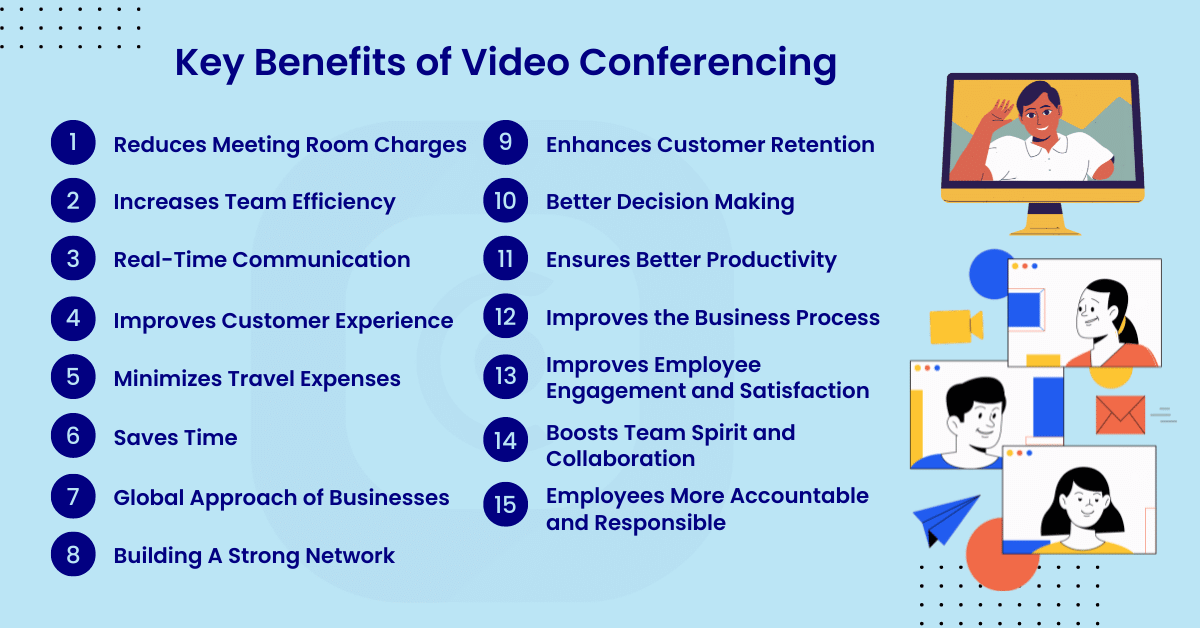The Benefits of Audio Conferencing for Small and Large Teams
- By -Mash
- Posted on
- Posted in Audio Conference
Audio conferencing is a versatile tool that offers significant advantages for both small and large teams. Its simplicity, accessibility, and effectiveness make it an essential component of modern communication strategies. This article explores the benefits of audio conferencing for teams of varying sizes, highlighting how it can enhance collaboration, streamline meetings, and support productivity.

Benefits for Small Teams
Cost-Effective Communication: For small teams, audio conferencing provides a budget-friendly solution for conducting meetings without incurring high costs. Many audio conferencing tools offer affordable plans that cater to the needs of smaller groups, making it a cost-effective choice for everyday communication.
Simplicity and Ease of Use: Audio conferencing tools are typically straightforward to set up and use, which is ideal for small teams with limited technical resources. The simplicity of audio conferencing minimizes the learning curve and ensures that team members can quickly adapt to the technology.
Enhanced Collaboration: In small teams, where close-knit interactions are common, audio conferencing facilitates direct and immediate communication. It supports brainstorming sessions, decision-making, and project updates, helping team members stay aligned and collaborate effectively.
Flexibility for Remote Work: Small teams often work in flexible environments, including remote or hybrid settings. Audio conferencing enables team members to connect from various locations, ensuring that remote workers can participate in discussions and contribute to team goals.
Benefits for Large Teams
Scalability: Audio conferencing tools are scalable, making them suitable for large teams that require the ability to host meetings with numerous participants. Many tools offer features that support large conference calls, accommodating a wide range of team sizes.
Efficient Coordination: For large teams, audio conferencing streamlines coordination by enabling efficient communication across departments or project groups. It supports regular updates, status meetings, and cross-functional discussions, helping to keep everyone informed and engaged.
Cost Savings: While large teams may have more complex communication needs, audio conferencing remains a cost-effective option compared to other methods such as in-person meetings or video conferencing. It provides a budget-friendly way to facilitate frequent and extensive communication.
Reduced Travel and Scheduling Challenges: Audio conferencing eliminates the need for travel and minimizes scheduling conflicts, which can be challenging for large teams with diverse locations. It allows team members to join meetings from their own locations, saving time and reducing logistical complications.
Common Benefits for Both Small and Large Teams
Accessibility and Convenience: Audio conferencing is accessible from a variety of devices, including phones and computers. This accessibility ensures that team members can participate in meetings regardless of their device or internet quality, enhancing convenience for everyone.
Clear Communication: Audio conferencing promotes clear and direct communication. By focusing on voice interactions, it reduces the potential for visual distractions and helps ensure that messages are conveyed clearly and effectively.
Immediate Feedback: The real-time nature of audio conferencing facilitates immediate feedback and interaction. This immediacy allows for quick resolution of issues, prompt decision-making, and dynamic discussions, which are beneficial for both small and large teams.
Enhanced Engagement: Audio conferencing encourages active participation and engagement by allowing team members to speak and contribute directly. This engagement fosters a more interactive and collaborative environment, regardless of team size.
Recording and Documentation: Many audio conferencing tools offer recording capabilities, which are useful for documenting discussions, decisions, and action items. This feature ensures that important information is captured and can be referenced later, supporting accountability and follow-up.
Best Practices for Maximizing Benefits
Prepare Agendas: Share meeting agendas in advance to ensure that all participants are prepared and focused on the discussion topics. This practice helps keep meetings organized and productive for both small and large teams.
Set Clear Guidelines: Establish guidelines for participation, such as muting microphones when not speaking and waiting for turns to contribute. Clear guidelines help manage the flow of conversation and reduce background noise.
Utilize Interactive Features: Take advantage of interactive features offered by audio conferencing tools, such as polls or Q&A sessions, to enhance engagement and gather real-time input from participants.
Follow Up with Summaries: After the meeting, send a summary of key points, decisions, and action items to all participants. This follow-up reinforces the outcomes of the meeting and ensures that everyone is aligned with the next steps.
Address Technical Issues Promptly: Be prepared to address any technical issues that may arise during the conference. Providing clear instructions for joining the call and troubleshooting common problems can help minimize disruptions.
Conclusion
Audio conferencing offers a range of benefits for both small and large teams, including cost-effectiveness, simplicity, scalability, and enhanced communication. By leveraging the advantages of audio conferencing and following best practices, teams can improve collaboration, streamline meetings, and support productivity. Whether for small team interactions or large-scale coordination, audio conferencing remains a valuable tool for effective business communication.



